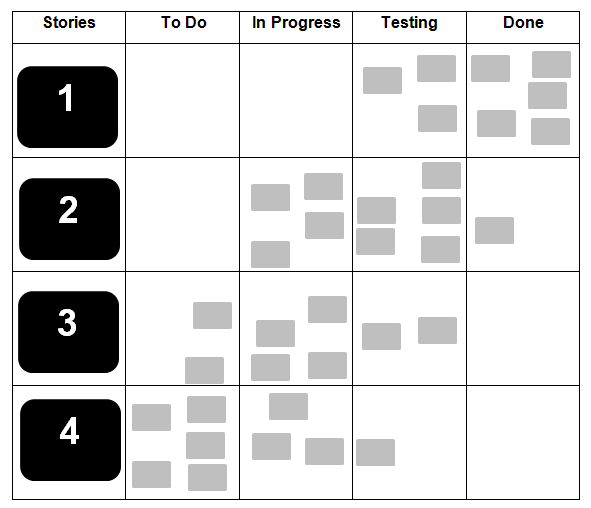Scrum Agile Transparency
Posted by SCRUMstudy® on June 24, 2024
Categories: Agile SBOK® Guide Scrum Scrum Guide Scrum Team
Scrum Agile Transparency is a core principle that emphasizes openness, clarity, and visibility within the development process. It ensures that all stakeholders have access to relevant information, enabling informed decision-making and fostering trust among team members.
Scrum Agile Transparency is a core principle that emphasizes openness, honesty, and visibility throughout the project lifecycle. It involves providing clear and timely information to all stakeholders, including team members, Product Owners, and customers. Transparency ensures that everyone involved has access to relevant project details, progress updates, and impediments. This fosters trust, collaboration, and accountability within the team and with external stakeholders. By maintaining transparency in processes, decision-making, and communication, Scrum teams can identify issues early, address them effectively, and make informed decisions to achieve project success.
Scrumboards are an important and effective way to maintain transparency on Scrum projects. Scrumboards depict the progress of the team during a particular sprint. By using Scrum boards, all team members can concentrate on their tasks. Each task is represented by a card or post-it notes. A Scrum board contains four columns to indicate the progress of the estimated tasks for the Sprint:
‘To Do’ column – This column is for tasks not yet started and needs to be completed.
‘In Progress’ column – This column is for tasks that are started and are being on by a Scrum team member. Cards from the ‘To Do’ column are generally moved to this column during the Daily Stand-up meeting by the team member who intends to work on the task.
‘Testing’ column- This column is for tasks completed but in the process of being verified or tested.
‘Done’ column – All tasks that have been worked on and verified successfully will be listed in this column.
At the beginning of a Sprint, all task cards for that Sprint are placed in the ‘To Do’ column and are subsequently moved forward according to their progress.
Scrumboards are ideally placed in the centre of the collocated workspace so that every team member has easy access to it. The Scrum board should preferably be maintained manually on paper or a white board, however, when teams are distributed dedicated software or simple spreadsheets can be used as Scrumboards.
The Scrum Team should change or add to the Scrumboard as required so that the it provides visual information about the work going on as agreed and committed by the team.

